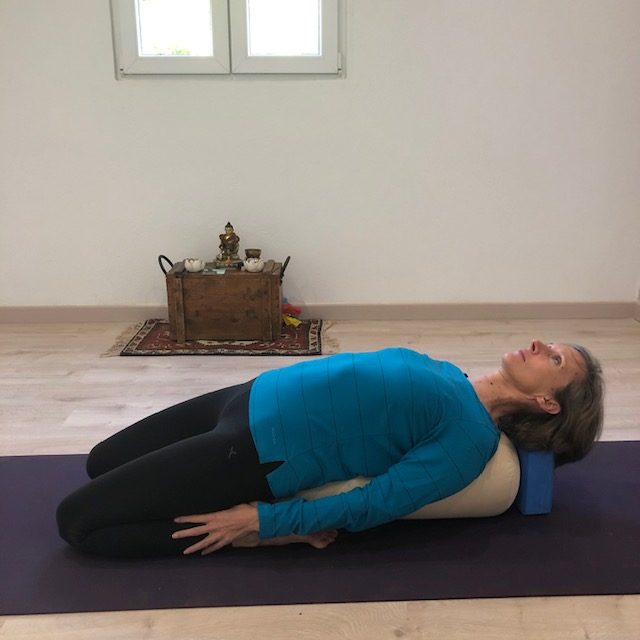Imagine that someone stands in front of you and gives you a very heavy box. As you take the box, your biceps contract and your triceps relax so you don’t drop the heavy box on your toes. This happens automatically thanks to two sensory receptors – called muscle spindles and Golgi Tendon Organs (GTOs). Thanks to these receptors which regulate muscle stiffness by relaying key information to the central nervous system, we don’t need to think about which muscles to contract and how much to contract them.
Unfortunately, this wonderful mechanism is sometimes disrupted as is the case with spasticity, which is one of the most common symptoms of MS, and there is an abnormal increase in muscle tone.
In some cases, this can actually be helpful as it might compensate weak muscles but, in most cases, it isn’t. For some, it will only cause a minor discomfort but for others it can seriously affect their ability to walk, balance and quality of life in general. It might also vary depending on the time of the day. If you experience spasticity, you’ve probably been told to avoid the positions that make spasticity worse and also to stretch.
Working with a therapist who can show you how to stretch is key but here are some tips if you only have from mild discomfort due to spasticity and cannot see a therapist.
Which muscles to stretch?
Understanding some basic principles will help decide which muscles to stretch. There are two types of spasticity depending on which muscles are tight: flexors (bending) or extensors (extending). Let’s look at spasticity in the hips to illustrate as this is one of the areas in the body most commonly affected.
In flexors spasticity, leg muscles involuntary contract towards the chest and it’s a bit more difficult to straighten the legs. Knees might also turn inwards. Stretching the hip flexors as in the supported bridge pose or in a belly twist. If you practise yoga regularly, you might even try the hero pose with a bolster.



In the case or extensor spasticity, muscles on the front and inside of the legs are forcing the legs to be straight. In this case, gently releasing the back muscles and quadriceps would be more useful. Eye of the needle pose and forward fold with a chair would help.


Because the system that regulates muscle stiffness is disrupted, the main issue is to know how much to stretch. Although it is really tempted to stretch as far as possible, I always recommend to people with MS to take it easy at the beginning- just to be safe- and to progressively build up until they can hold the poses for 30 seconds to 2 minutes.
If you only experience mild tightness and discomfort, you might also want to try these three restorative poses and stay in each for 3 minutes if they feel comfortable. A restorative pose should feel so comfortable that you don’t want to move!



There are many stretches, for all levels of abilities, for the hips, knees, ankles, arms etc. As research shows, “stretching program decreases the impact of spasticity on daily activity participation and produces clinically important changes in PwMS and spasticity”(1). So if spasticity is affecting your life, stretching is essential.
But it’s important to remember that we are all different and although a yoga teacher or physiotherapist can recommend specific stretches, we’re the only ones who can say whether a specific stretch feels good or not. Being mindful and observing what happens when we stretch is essential.
Note:
(1) A group-delivered self-management program reduces spasticity in people with multiple sclerosis: A randomized, controlled pilot trial by Cinda L Hugos
Published online 2017 Mar 23

